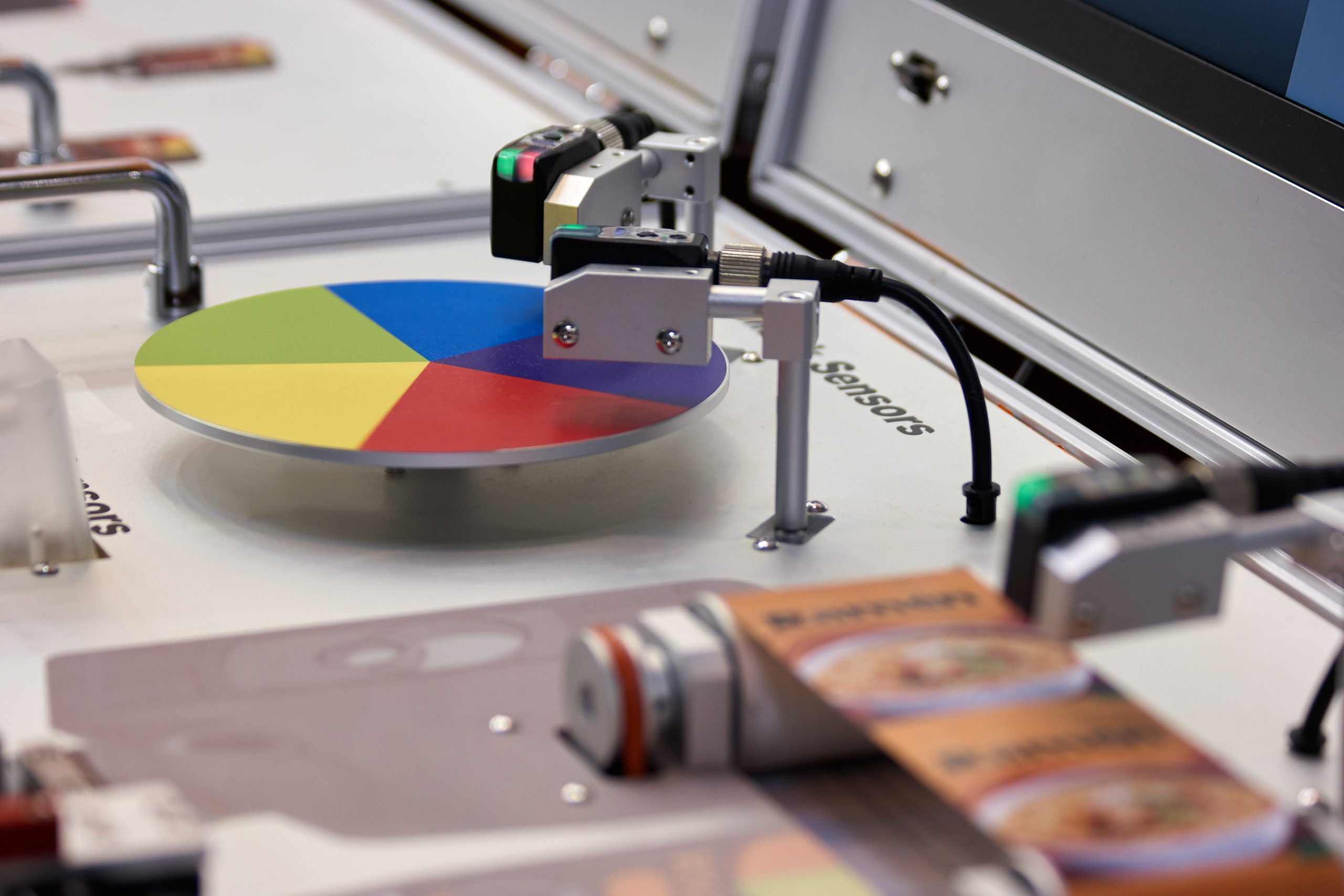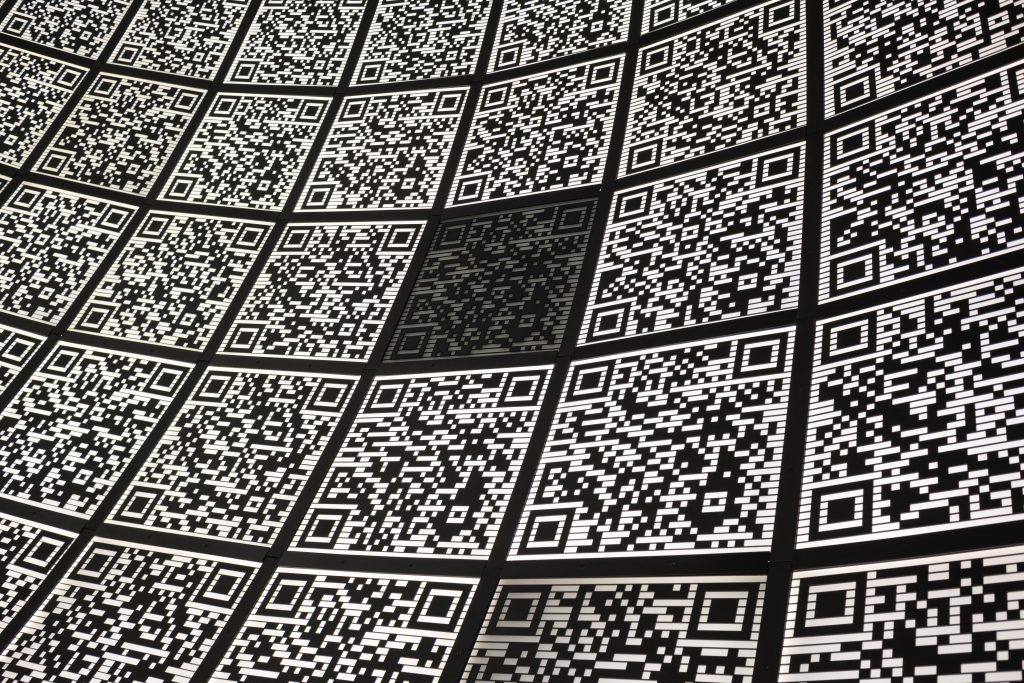Printing has played a crucial role in the history of media, shaping the way information is disseminated and consumed. From the invention of the printing press in the 15th century to the digital age we live in today, the medium of print has undergone significant transformations. But what is the role of printing in media today? How does it continue to impact the way we receive and interact with information?
In this article, we will explore the multifaceted role of printing in media. We will examine its historical significance, its current relevance in the digital era, and its future prospects. Whether you are a media enthusiast or simply curious about the evolution of communication, understanding the role of printing in media is essential to grasp the larger context of how information is shared and consumed.
Mass Production And The Digital Age
In the digital age, mass production has become an integral part of our everyday lives, transforming various industries including the printing industry. Prior to the digital age, printing presses such as woodblock printing and letterpress printing played a pivotal role in the spread of knowledge and the dissemination of information.
Impact Of Mass Production On Print Media
The role of printing in media has greatly transformed with the advent of mass production. In the digital age, printing technology continues to play a critical role in the dissemination of information to mass populations.
The introduction of the printing press revolutionized the production of printed materials. Before its invention, woodblock printing was the primary method, limiting the spread of knowledge due to its time-consuming process. However, with the printing press, multiple copies of books, newspapers, and other printed materials could be produced rapidly and efficiently, enabling mass distribution.
Mass production also contributed to the significant decrease in printing costs. This decrease in cost, combined with the increased accessibility to books and other printed materials, allowed a wider range of individuals to access knowledge. This accessibility fostered the spread of information and ideas across society.
One pivotal invention was moveable type, which accelerated the printing process further. Moveable type allowed for the easy rearrangement of individual letters and characters, streamlining the printing process and increasing efficiency.
Role Of The Digital Age In Print Media
The digital age has played a significant role in reshaping the print media industry. With the digital revolution, traditional print publications have seen a decline in both their numbers and audience. This shift can be attributed to the widespread availability of digital platforms and the convenience they offer in accessing news and information.
The transition from print to digital media has brought about a transformation in the way people consume content. Online news websites, social media platforms, and digital magazines have become popular alternatives to traditional print publications. With the ability to access information instantaneously and interact with it in various ways, readers have gravitated towards digital sources for their news and entertainment needs.
However, along with the decline in print publications comes a growing concern about the negative environmental impact of print media. The mass production of paper and ink, coupled with the disposal of printed materials, has raised issues related to deforestation, pollution, and waste management. Efforts to reduce the environmental footprint of print media have been made, but the transition from print to digital is seen as a more sustainable solution.
While print media continues to exist, the role of the digital age cannot be understated. The convenience and accessibility offered by digital platforms have led to a decline in print publications and audience numbers. As environmental concerns grow, the transition from print to digital is becoming increasingly important for a more sustainable media landscape.
Merging Of Print And Digital Media
The digital revolution has had a profound impact on the print media industry, leading to a significant decline in print publications. As technology continues to advance, the way people consume content has shifted towards digital platforms. The convenience and accessibility of digital media have made it increasingly popular among younger generations who are accustomed to receiving information instantaneously. As a result, traditional print publications have struggled to maintain their readership and have faced the challenge of adapting to the digital age.
Print media has had to find innovative ways to merge with digital media in order to stay relevant. One example of this is the incorporation of QR codes in print advertisements. These codes allow readers to scan the advertisement with their smartphones and instantly access additional content, such as videos or links to websites. Augmented reality is another merging technique, where print media can utilize technology to create interactive and immersive experiences for readers.
While the digital revolution has presented challenges for the print media industry, it has also provided opportunities for growth and adaptation. Print publications that have successfully embraced digital platforms have been able to reach wider audiences and tap into new revenue streams. The merging of print and digital media is an ongoing process and will continue to evolve as technology continues to advance.
The Spread Of Knowledge Through Printing
The invention of printing has revolutionized the spread of knowledge like never before. Prior to the printing press, knowledge was primarily transmitted through handwritten manuscripts, limiting access to information to a privileged few. However, the advent of printing in the 15th century changed the game entirely. Gutenberg’s invention of movable type and the development of printing presses allowed for the mass production of books, pamphlets, and other printed materials. This breakthrough technology paved the way for the dissemination of knowledge on a wider scale, enabling access to information by a broader audience.
Types Of Printing Used Over Time: Woodblock, Letterpress, Movable Type
Over time, there have been several types of printing techniques that have played a pivotal role in the spread of knowledge and media. Three notable methods include woodblock printing, letterpress printing, and movable type.
Woodblock printing, one of the earliest forms of printing, originated in China during the 8th century. It involved carving text or images onto a wooden block, which was then inked and pressed onto paper. This method was widely used in East Asia and was instrumental in the dissemination of religious texts and illustrations.
Letterpress printing, which emerged in the 15th century, was a significant advancement in mass production. This technique involved arranging individual metal or wooden letters in a frame, inking them, and then applying pressure to transfer the ink onto paper. Letterpress revolutionized the printing industry and enabled the printing of books, newspaper ads, and editorials on a larger scale.
Movable type, introduced by Johannes Gutenberg in the mid-15th century, changed the course of printing history. This method involved creating individual metal letters that could be rearranged and reused for different texts. Movable type allowed for faster and more efficient printing, enabling the production of extensive knowledge in the form of books, pamphlets, and newspapers.
These printing methods, from woodblock to letterpress to movable type, each played a critical role in shaping the media landscape. They facilitated the spread of information, the mass production of written materials, and contributed to the development of printed media. Their historical significance cannot be overstated, as they laid the foundation for the print industry and the dissemination of knowledge throughout mass populations.
Expansion Of The Range And Availability Of Printed Material
The expansion of the range and availability of printed material over time can be attributed to advancements in printing technology and the impact of the digital age.
Woodblock printing, letterpress printing, and movable type were pivotal in this expansion.
Woodblock printing, originating in China, played a vital role in the spread of knowledge during the 8th century. It allowed for the reproduction of religious texts and illustrations, reaching wider audiences across East Asia.
The introduction of letterpress printing in the 15th century revolutionized mass production. By arranging individual letters in a frame, books, newspaper ads, and editorials could be printed on a larger scale.
However, it was the introduction of movable type by Johannes Gutenberg that truly changed the course of printing history. With the ability to rearrange and reuse metal letters, the production of extensive knowledge in the form of books, pamphlets, and newspapers became faster and more efficient.
In the digital age, print media has become more affordable and accessible through advancements in digital printing. The traditional barriers to entry, such as high costs and lengthy processes, have been reduced. This has allowed for a wider range of content to be printed, reaching mass populations around the world.
Overall, the expansion of the range and availability of printed material can be attributed to the advancements in printing technology, from woodblock printing to the introduction of movable type, and the impact of the digital age. These developments have played a proactive role in disseminating information, facilitating the spread of knowledge, and reaching wider audiences.
Impact On Society: Social Issues, Environmental Issues And Critical Issues
Printing has had a profound impact on society, influencing various social issues, environmental issues, and critical issues. On one hand, printing has played a proactive role in spreading knowledge, facilitating communication, and promoting social progress. On the other hand, it has also presented challenges and exacerbated certain issues.
In terms of social issues, printing has played a pivotal role in disseminating information and challenging power structures. The introduction of woodblock printing, letterpress printing, and movable type allowed for the mass production of books, newspapers, and pamphlets, enabling the spread of knowledge to wider audiences. This led to increased literacy rates, the advancement of education, and the empowerment of individuals.
However, printing has also contributed to social issues such as misinformation and propaganda. The ability to print and distribute information quickly and extensively has allowed for the dissemination of biased or false narratives, shaping public opinion in both positive and negative ways.
Regarding environmental issues, the printing industry has faced criticism for its impact on the environment. The printing process involves the use of chemicals, inks, and paper, which can have harmful effects on ecosystems and contribute to deforestation. However, advancements in technology and the adoption of sustainable practices have allowed the industry to reduce its environmental footprint.
From a critical issues perspective, the role of printing in democratic societies cannot be underestimated. It has facilitated the circulation of diverse opinions and perspectives, nurturing open dialogue and debate. For example, newspapers like the English-language newspaper in Korea played a vital role in voicing dissenting opinions and challenging the government.
In conclusion, printing has had a profound impact on society, both positively and negatively. It has played a pivotal role in addressing social issues, spreading knowledge, and empowering individuals. However, it has also contributed to potentially damaging social, environmental, and critical issues. To navigate these challenges, it is crucial that the printing industry continues to innovate and adopt sustainable practices while fostering an informed and responsible use of print media.
Changes In The Curriculum On Print Media Over Time
Over time, the curriculum on print media has undergone significant changes, reflecting the evolving role of print media in education. In the past, print media focused primarily on teaching reading and writing skills. However, with the advancement of technology, the curriculum has expanded to incorporate digital and media literacy.
In the early days, letterpress printing revolutionized book production, making books more accessible to a wider audience. This shift had a profound impact on literacy rates, as books became more affordable and readily available. People were now able to acquire knowledge and information through reading, leading to increased educational opportunities.
The transition from hand-copying to the mass production of books was another crucial development in the curriculum. This transition allowed for the dissemination of knowledge on a larger scale, reaching more learners. It also made educational materials more standardized and accessible to a wider range of students.
With the introduction of new printing technologies, the curriculum on print media has continued to evolve. Digital printing and electronic publishing have given rise to interactive and multimedia educational materials. Students now have access to a wide range of resources, including e-books, online articles, and educational videos.
Institutional Issues With Print Media
Institutional issues with print media have emerged with the rapid advancement of technology in the digital age. Traditionally, the printing industry played a pivotal role in the spread of knowledge and the dissemination of information. However, with the widespread adoption of digital platforms, there has been a significant shift in how news and content are consumed.
Accessibility To Different Forms Of Print Media (Newspapers, Magazines, Books)
Print media, including newspapers, magazines, and books, have traditionally played a pivotal role in providing information and entertainment to the general public. With wide accessibility, print media has been an integral part of our lives, spreading knowledge and fostering critical thinking.
The accessibility to different forms of print media has been extensive, making it possible for mass populations to benefit from a wide range of content. Newspapers have served as a primary source of information, covering local, national, and international news. Magazines have delved into various topics like fashion, lifestyle, and current affairs, catering to specific interests. Books have provided a platform for in-depth knowledge and literary masterpieces.
Print media is available in various forms. Physical copies of newspapers, magazines, and books can be found in libraries, bookstores, and newsstands. With evolving technology, digital formats have also become popular. Online versions of newspapers and e-magazines have made information more accessible, while e-books have made reading convenient.
Government Regulations On Print Media Coverage
Government regulations on print media coverage have played a significant role during the COVID-19 pandemic, ensuring the dissemination of accurate information and preventing the spread of misinformation. Different governments around the world, like in Singapore and Iran, have implemented regulations and policies to influence the coverage of print media.
In Singapore, the government has taken a proactive role in regulating print media coverage during the pandemic. The Singaporean government has instructed local media outlets to prioritize official statements and updates from recognized health authorities. This has helped in maintaining consistency and preventing the spread of false information. The government has also provided guidelines on responsible reporting to ensure that news articles are objective, accurate, and do not induce panic among the public.
Similarly, in Iran, the government has implemented strict regulations on print media coverage of the COVID-19 pandemic. The Iranian government has issued instructions to newspapers and magazines to only publish information approved by the government’s National Headquarters for Managing and Fighting the Coronavirus. This centralized approach has allowed the government to control the narrative surrounding the pandemic and prevent the dissemination of information that may challenge government actions or policies.
These government regulations in both Singapore and Iran have had a significant impact on the content and perspectives presented in print media. By emphasizing official statements and approved information, the governments have been able to maintain a consistent narrative, ensuring accurate reporting and minimizing the spread of misinformation. However, these regulations have also raised concerns about press freedom and the potential for censorship.

Conclusion
In conclusion, print media plays a significant role in marketing and has a profound impact on consumer habits. Its importance in brand awareness cannot be understated, as it provides businesses with a tangible and lasting way to promote their products or services. By utilizing well-designed and strategically placed print advertisements, businesses can effectively reach their target audience and create a lasting impression.



